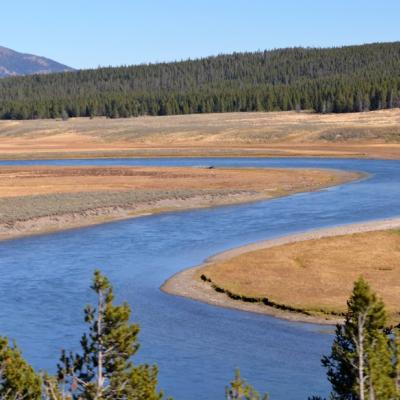We envision a world where environmental scientists can use cutting-edge data analytics to explore global environmental change using big data through a diverse range of perspectives.
We democratize access and use of cutting-edge data analytics by partnering with environmental scientists in academia and industry (public and private). We advise and facilitate use of novel analytics approaches including machine learning, deep learning, artificial intelligence, natural language processing, as well as bayesian and frequentist statistics for model-based prediction and inference.
We use scalable scientific computing including supercomputers and cloud services from commercial and government providers. As big data users we inform use cases and work with cyberinfrastructure providers to understand scientific use cases and test their environments as early adopters.
Together these efforts enable use of cutting-edge data science to explore global environmental change as it relates to Earth Lab key science focii.




